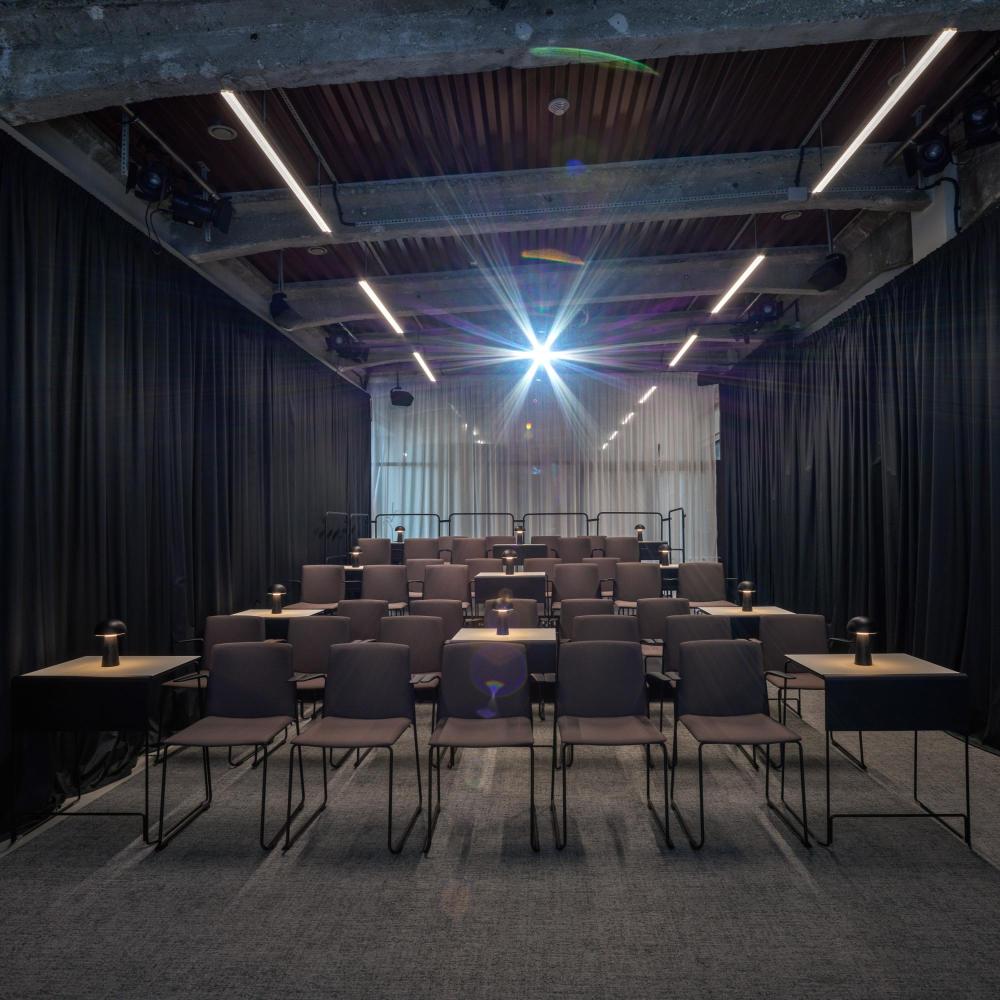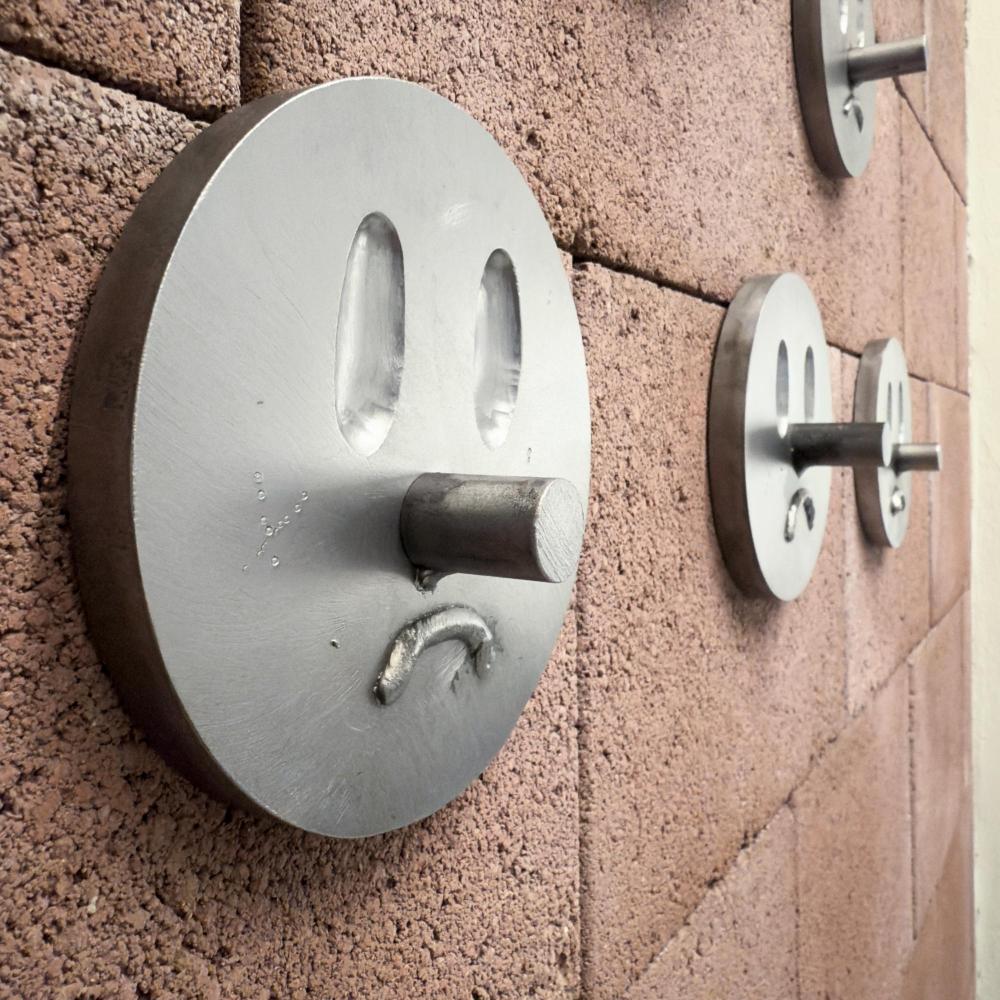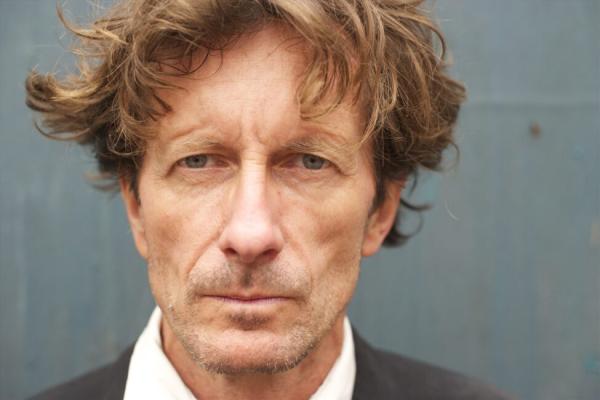
During the fourth edition of the Telegraph Film Festival, we can look forward to a unique performance by acclaimed French artist Olivier de Sagazan. His fascinating work Transfiguration, first shown in 1998, has visited more than twenty-five countries and will now appear in the Czech Republic for the first time. In his disturbing performance, Olivier explores the transformations of human identity and the body through sculpture, painting and dance. He brilliantly combines physical and emotional transformation. This atypical act, which has taken the breath away from audiences internationally, will open the entire fourth edition of the festival. Will it take Olomouc's breath away too?
What does ritual mean to you?
Ritual is a set of gestures that are meant to put us in a certain state of mind.
How do you prepare for a physically and emotionally demanding performance? Do you have any specific rituals that help you get into the required state of mind?
It is primarily a physical warm-up and also an attempt to initialize that state of mind.
You've been playing Transfiguration for 26 years. How has your relationship with the game evolved over time?
In the beginning I worked only with the face, but gradually the process expanded to the whole body. I felt that a dance from the depths could emerge from these gestures, and subsequently, singing. Today it is a complex art.
What role does the body and its physical presence play in Transfiguration?
The body is also a place of presentation, like a canvas for a painter, but also partly a director. Here we have a very unique case where the artist and his work are inseparable, the puppeteer and the puppet are inseparable.
How do you feel about the audience's reaction to your work, which is often considered provocative or disturbing?
Most people are very moved, but they can't say exactly why. Here they are watching the creation of a work of art in real time, taking place directly on the body of the artist. These actions lead to the loss of one identity and the creation of several others. It shows the mutable and unnameable nature of our existence. As Antonin Artaud says, "The human face has not yet found its form, and that is the task of the painter."
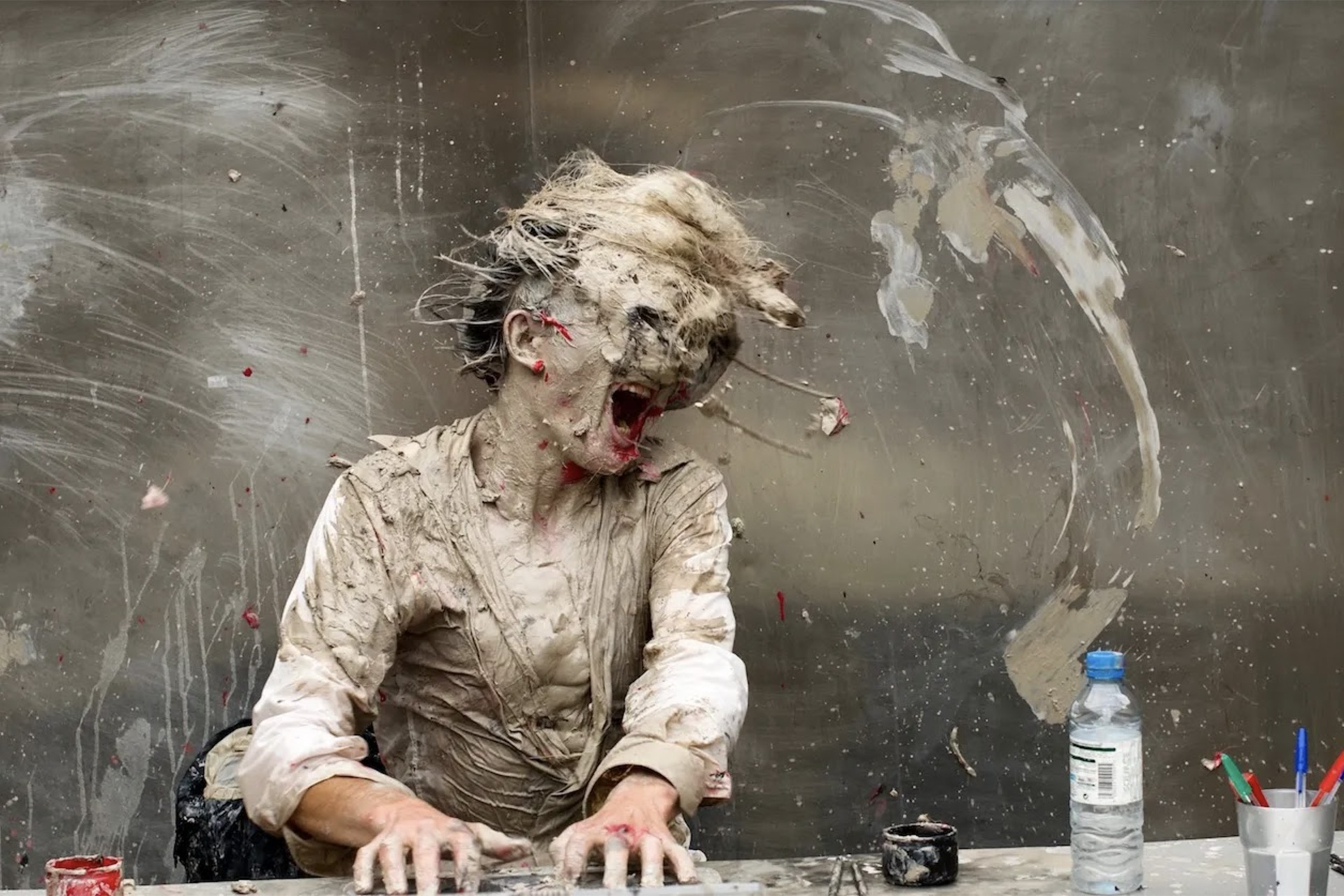
How do you think performance art explores or reflects physical transformation?
In this particular performance, transformation takes place through the gradual application of clay that transforms the face into many masks. Then the emotional state of the performer also evolves. A state of trance or at least a change of consciousness occurs depending on the artist's deployment.
Transfiguration comes across as a very intimate work. What does it mean to you to share such a personal experience with an audience? Do you feel that you are making a kind of metaphysical connection with the audience?
I am surprised that people are not more amazed and seek more understanding of what it means to be here, alive on Earth. For me, this performance, like all my work, expresses that wonder, and my work with facial deformation has only one goal - to tell them, "Look how strange the human face and body is. Are you sure you are what you think you are?"
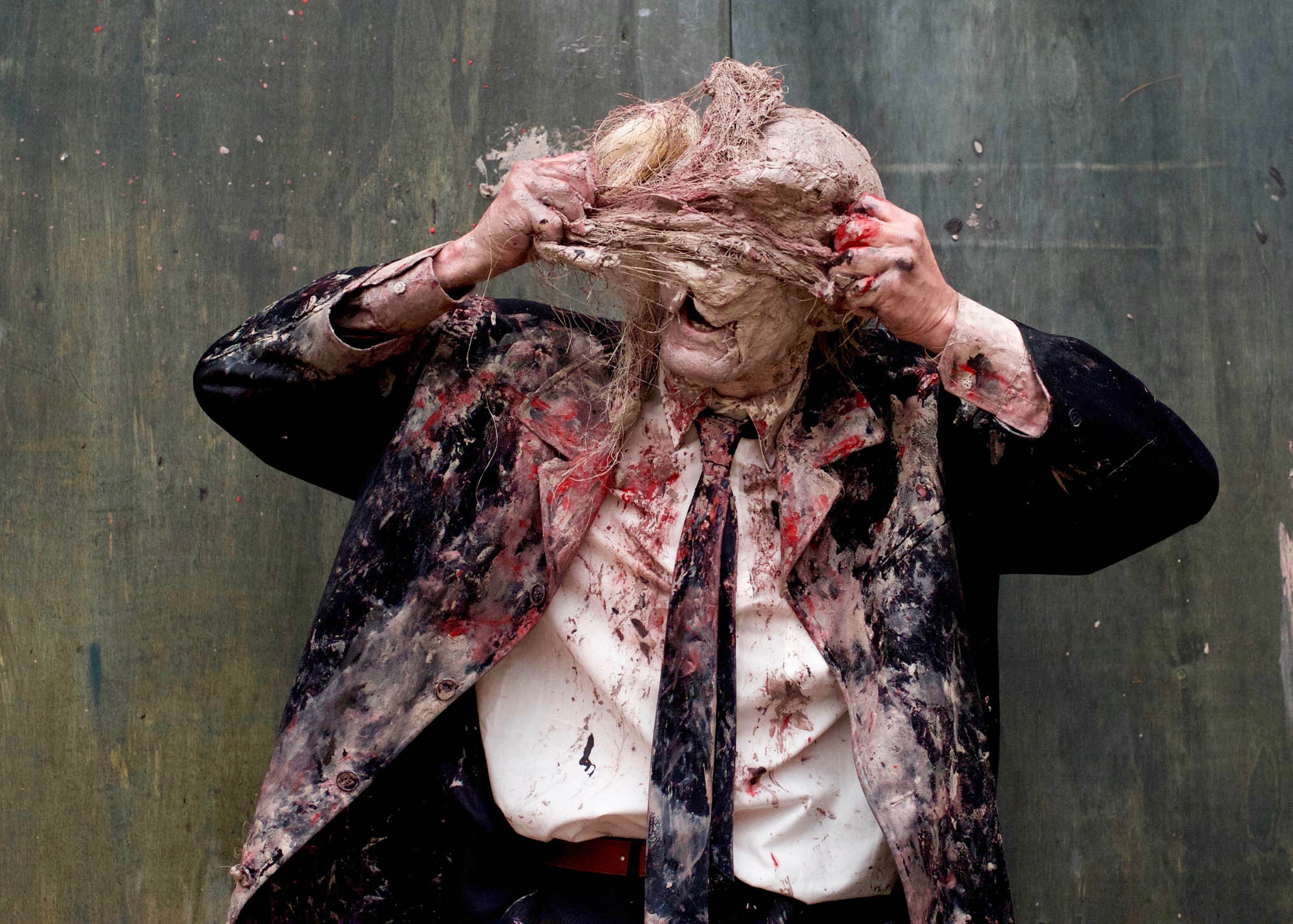
Your show has been performed in many countries, including the Czech Republic. Have you noticed differences in audience reactions in different countries?
No.
In the novel Ulysses by James Joyce, there is a chapter about Proteus where Joyce describes a creature constantly changing shape. Do you identify with this mythological character? Do you find inspiration in the literature, philosophy or rituals of other cultures?
Yes, of course. The human face is made up of an infinite number of masks that fit together. I am fascinated by Beckett and Kafka, who inspire me greatly, especially Beckett's The Unnameable.
What legacy do you think Transfiguration leaves? Do you see the influence of your performance on other artists or in other artistic fields?
In the history of masks, we see that these are mostly fixed. However, in Transfiguration we have an example of moving masks that constantly evolve during the performance, without it being clear who the manipulator is. The performer is working blindly and the relationship between his inner image and reality is very unclear. When we give the word to the hands, we feel that they are faster than thought, and that chance and perhaps other unconscious forces play a role. This performance shows the connection between the painter and the dancer: when the painter paints himself, he becomes a dancer. It can also be said that the dancer paints in space with his body. I have worked with many artists who are fascinated by this technique: Ron Fricke in the film Samsara, FKA Twigs in the making of the video, Gareth Pugh and Nick Knight in the opening of London Fashion Week, Wim Vandekeybus in the choreography...
